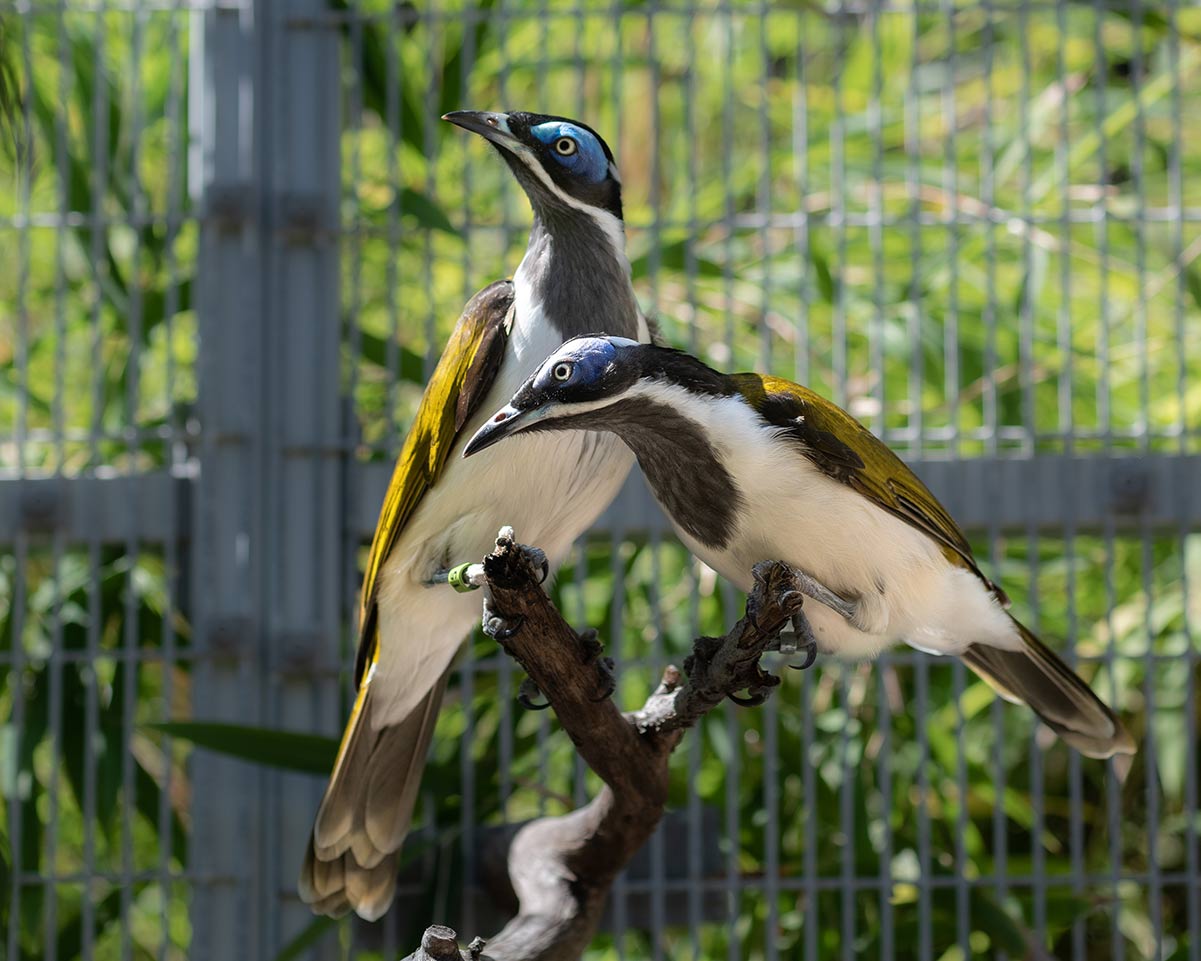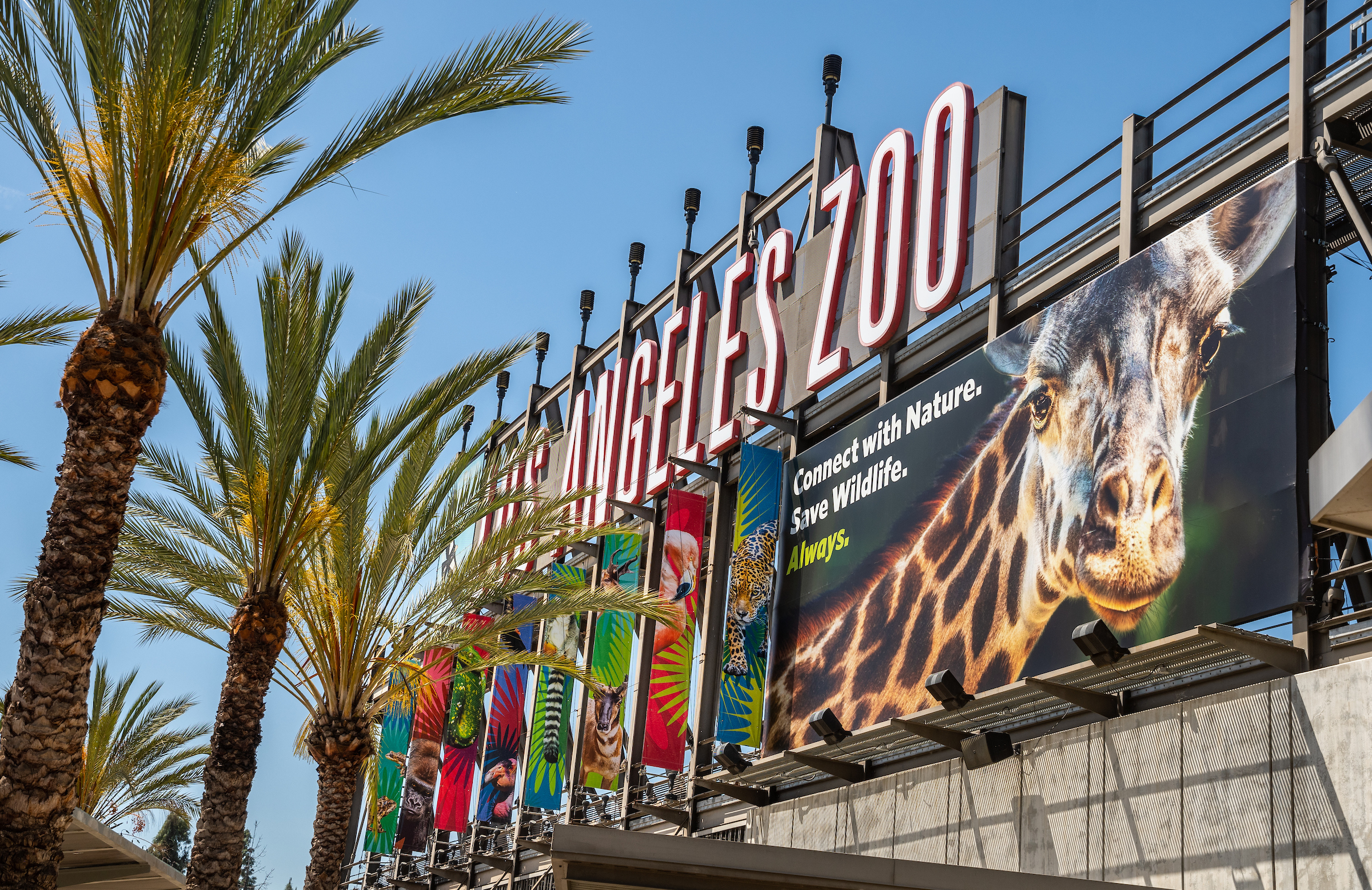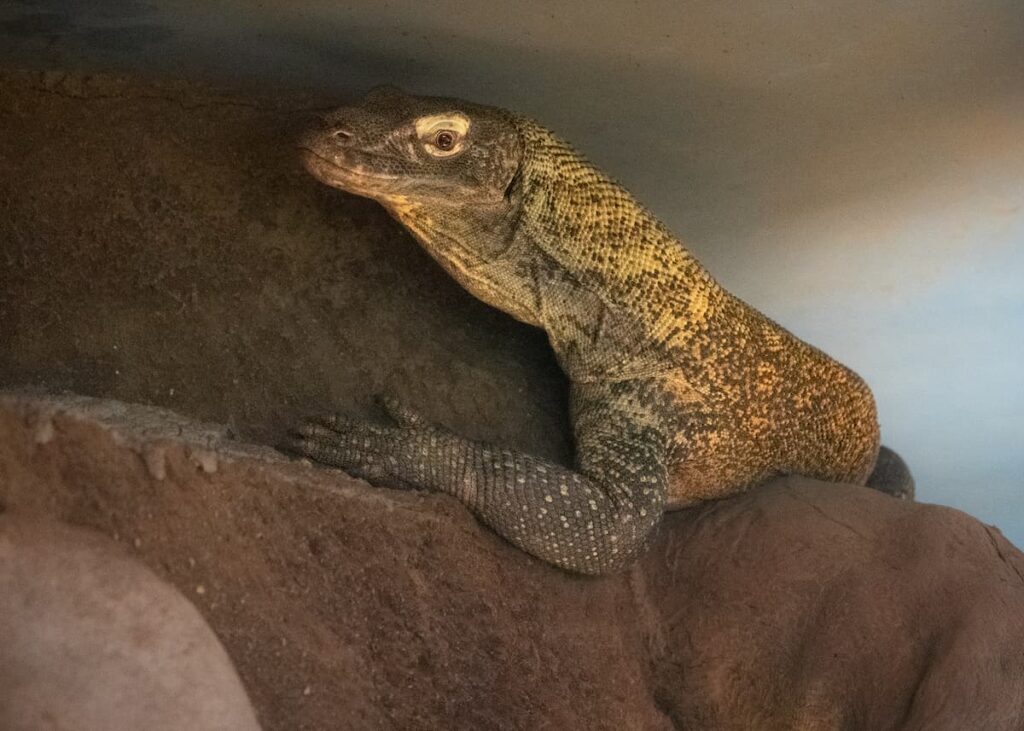
A new three-year-old male Komodo dragon arrived from the North Carolina Zoo in Asheboro on March 24 and is currently completing a routine quarantine in the Komodo roundhouse adjacent to the Australia section in the Zoo. He had been spending most of his time in his behind-the-scenes quarters while repairs are made to his area, but now that the Komodo roundhouse has re-opened, you can stop in and visit with him.
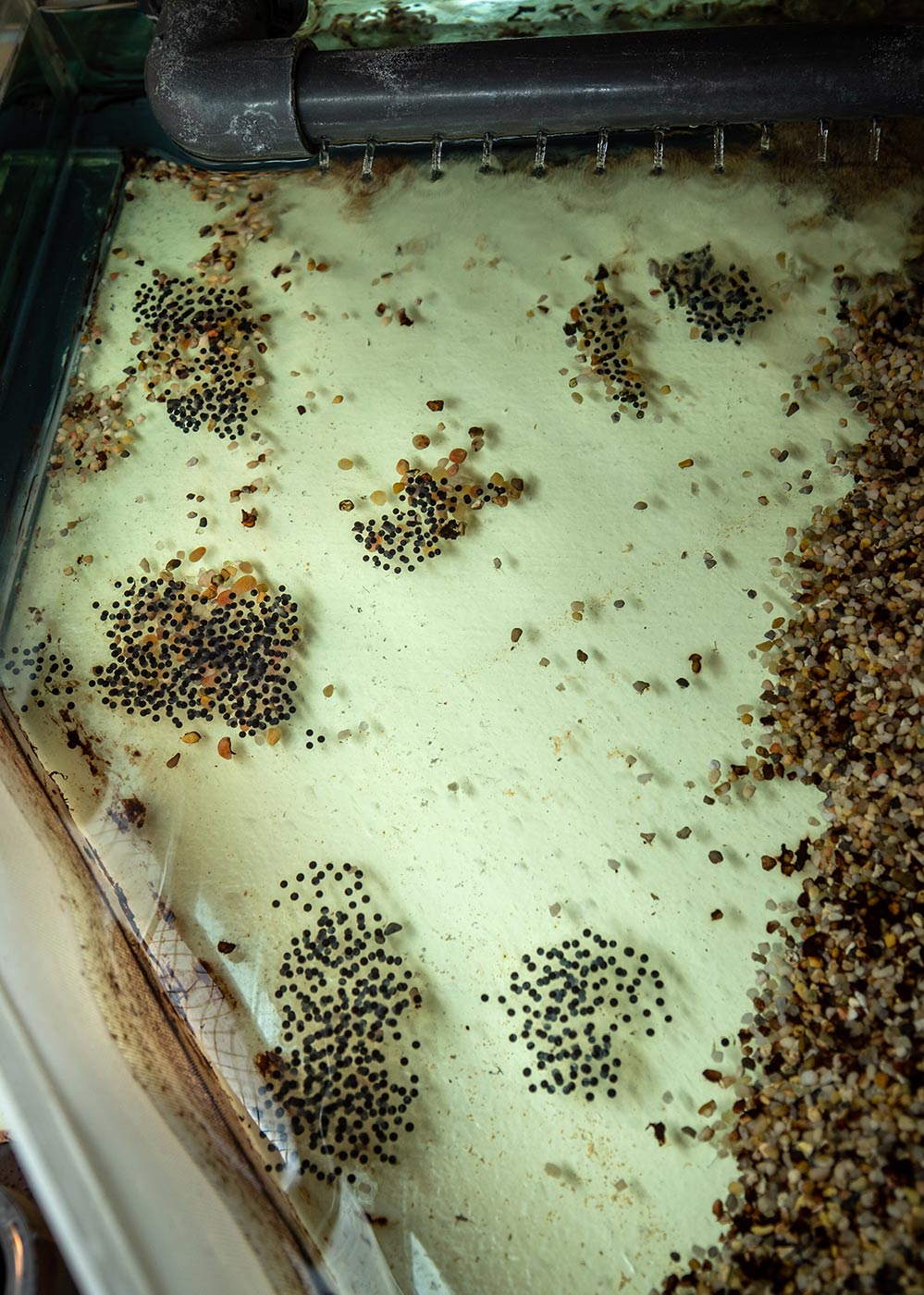
The mountain yellow-legged frogs have started their 2021 breeding season and about 1,500 eggs have been produced so far! The L.A. Zoo has participated in conservation efforts to save this native California species for almost 20 years. Because most of the tadpoles that hatch will be released into wilderness areas, the mountain yellow-legged frogs at the Zoo are cared for in a bio-secure behind-the-scenes facility that is separate from the rest of our resident amphibians and reptiles. Here is a video about one of the pre-pandemic releases of mountain yellow-legged frogs to the wild.

The current California condor egg count is up to 19 with two chicks hatched. The male double-wattled cassowary continues to incubate a clutch of three eggs. A spur-wing lapwing chick hatched on March 16. Inside their wings, birds have the same basic skeletal structure as humans. There is an upper arm bone (humerus), two lower arm bones (ulna and radius), hand bones (metacarpals), and finger bones (phalanges). In birds, the bones are much lighter and have modified over time to form a wing, with the hand and finger bones fusing into more solid structures. Waterfowl—a large group of birds that includes ducks, geese, wading birds such as herons and egrets, as well as screamers and flamingos—are among the oldest lineages of birds on Earth, most closely related to the theropod dinosaurs. Many waterfowl, including numerous duck species and some geese, have vestigial (remnant) claws that stick out from their equivalent of our wrist joint. A vestigial feature is a body part that once had an important function but over time has diminished as it is no longer used—wisdom teeth, for example, in humans. In some individuals, this third set of molars never appears. As you might have guessed, the spur-winged lapwing is so named because these water birds’ wings feature these little claws.
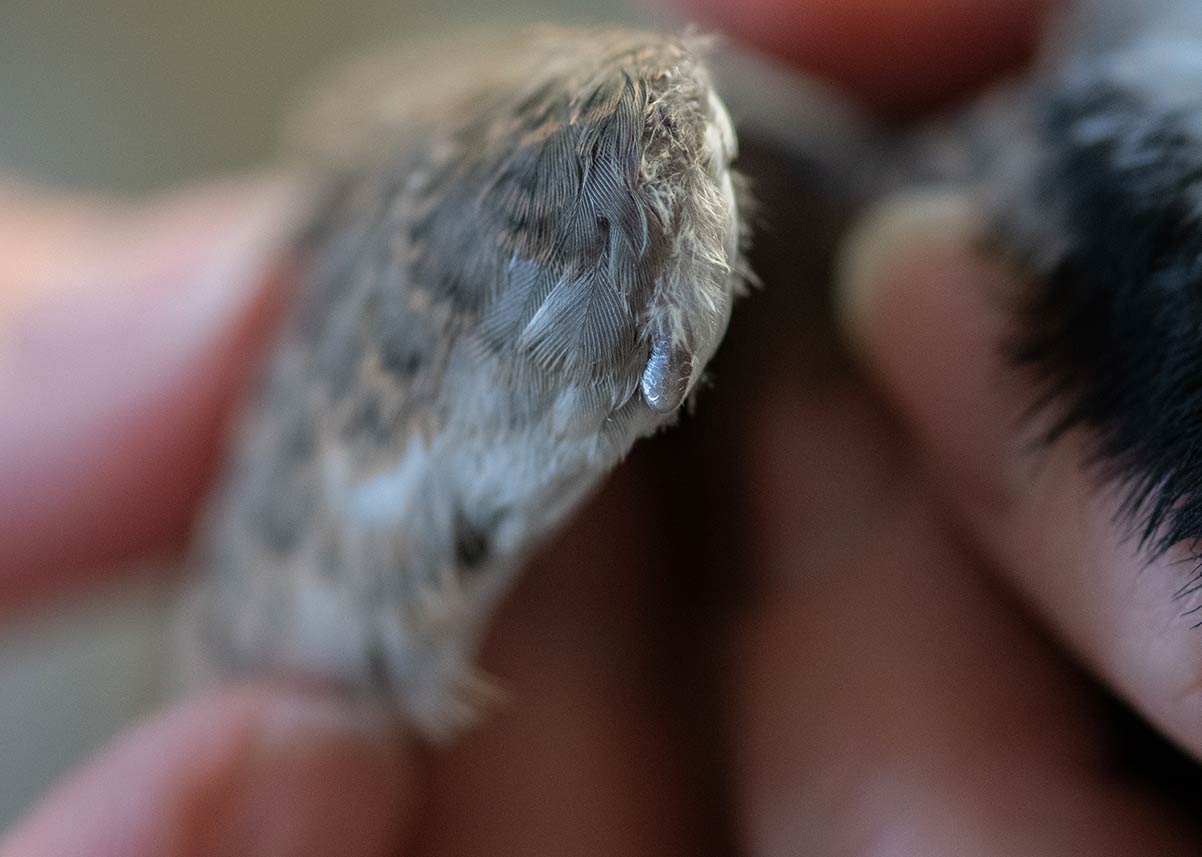
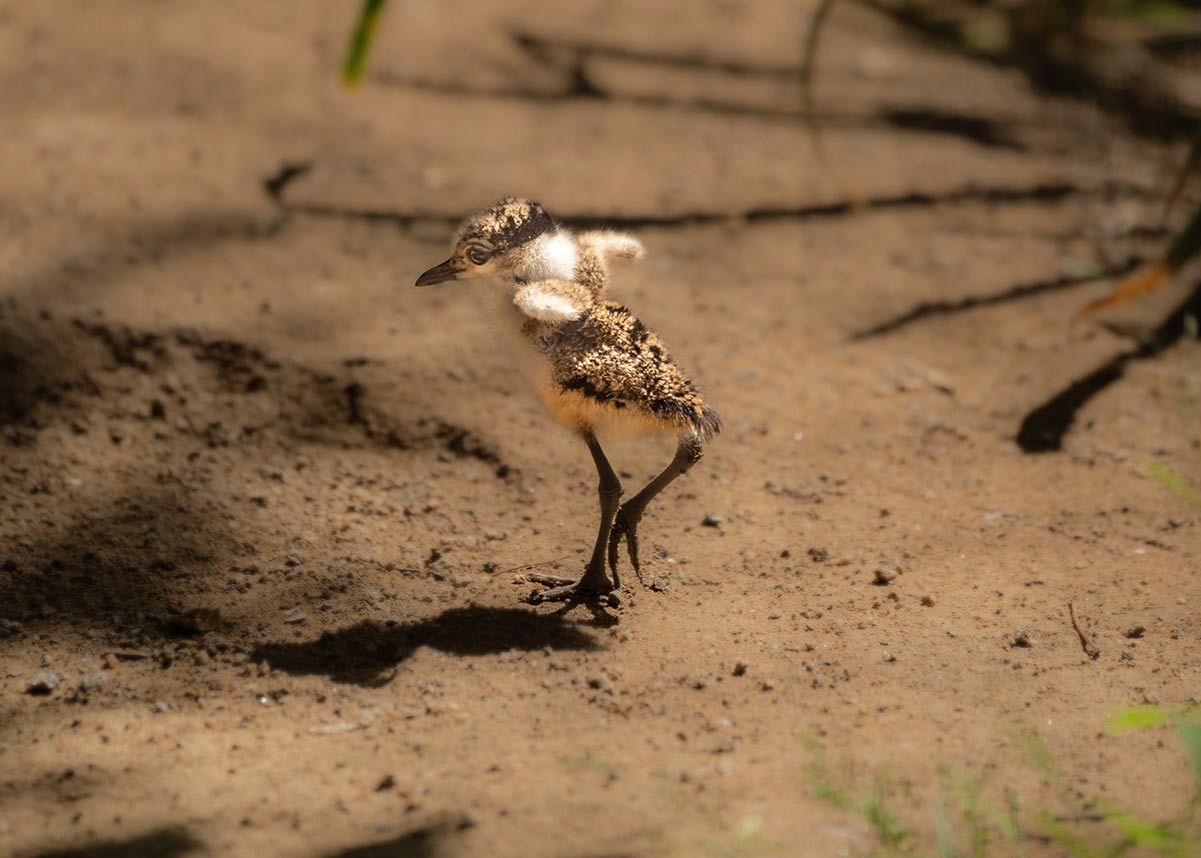
Spring is in the air at the Zoo’s behind-the-scenes Avian Conservation Center (ACC) as well. The blue-throated macaws are showing nesting activity as are the blue-faced honeyeaters and two of the four Bali mynas. “Star picked Apollo and they are together now,” reports Animal Keeper Lori Rogalski. “We are watching the other two birds in the hope that they will be a match, too. So far, they have been grooming each other, which is a good sign, so, fingers crossed!”
